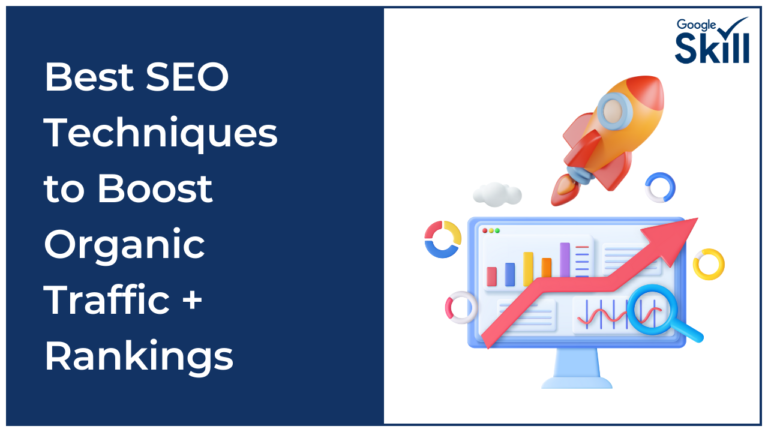
Getting started with Google Ads can be a powerful way to reach your target audience and drive relevant traffic to your website. Here’s a step-by-step guide to help you launch your first Google Ads campaign:
Step 1: Set Up Your Google Ads Account:
- Access Google Ads: Go to the Google Ads homepage (ads.google.com) and sign in with your Google account. If you don’t have an account, you’ll need to create one.
- Choose Campaign Goals: Google Ads offers various campaign goals, such as website traffic, sales, leads, and brand awareness. Choose the goal that aligns with your marketing objectives.
Step 2: Define Your Campaign:
- Select Campaign Type: Choose the campaign type that matches your goal. Options include Search, Display, Video, Shopping, and App campaigns.
- Choose Campaign Settings:
- Campaign Name: Give your campaign a descriptive name.
- Networks: Decide where your ads will appear. You can choose the Search Network, Display Network, or both.
- Locations and Languages: Define the geographic locations and languages you want to target.
- Budget and Bidding: Set your daily budget and choose your bidding strategy (e.g., manual CPC, automated bidding).
- Start and End Dates: Determine the campaign’s start and end dates if applicable.
Step 3: Create Ad Groups:
- Create Ad Groups: Ad groups group together similar keywords and ads. Create ad groups based on themes or product categories.
- Select Keywords: Choose relevant keywords that potential customers might use to find your products or services. Use keyword research tools to identify effective keywords.
Step 4: Design Your Ads:
- Create Ads:
- Text Ads (Search Network): Write compelling ad copy with a headline, description, and URL.
- Image Ads (Display Network): Design visually appealing banner ads with attention-grabbing images and concise text.
- Video Ads (Video Campaigns): Create engaging video content that highlights your product or service.
- Set Ad Extensions: Ad extensions provide additional information, like phone numbers, site links, and location information, enhancing your ad’s visibility and relevance.
Step 5: Implement Tracking:
- Set Up Conversion Tracking: Install the Google Ads conversion tracking code on your website to track actions like purchases, sign-ups, or other valuable interactions.
Step 6: Review and Launch:
- Review Your Campaign: Double-check your campaign settings, keywords, ads, and budget to ensure everything is accurate and aligned with your goals.
- Launch Your Campaign: Once you’re satisfied with your campaign setup, click the “Launch” button to make your ads live.
Step 7: Monitor and Optimize:
- Monitor Performance: Regularly review your campaign’s performance metrics, such as clicks, impressions, click-through rates, and conversions.
- Make Adjustments:
- Keyword Optimization: Refine your keyword list based on performance and search terms report.
- Ad Copy Testing: Test different ad variations to see which ones perform best.
- Bid Adjustment: Adjust bids to prioritize high-performing keywords and demographics.
- Negative Keywords: Add negative keywords to prevent irrelevant clicks.
- A/B Testing: Continuously test different elements of your ads, such as headlines, descriptions, and visuals, to identify what resonates best with your audience.
- Landing Page Optimization: Ensure that your landing pages are relevant, user-friendly, and optimized for conversions.
Remember that Google Ads is a dynamic platform, and it’s important to stay updated with new features and best practices. Regularly analyze and adjust your campaigns to improve performance and achieve your marketing goals.



